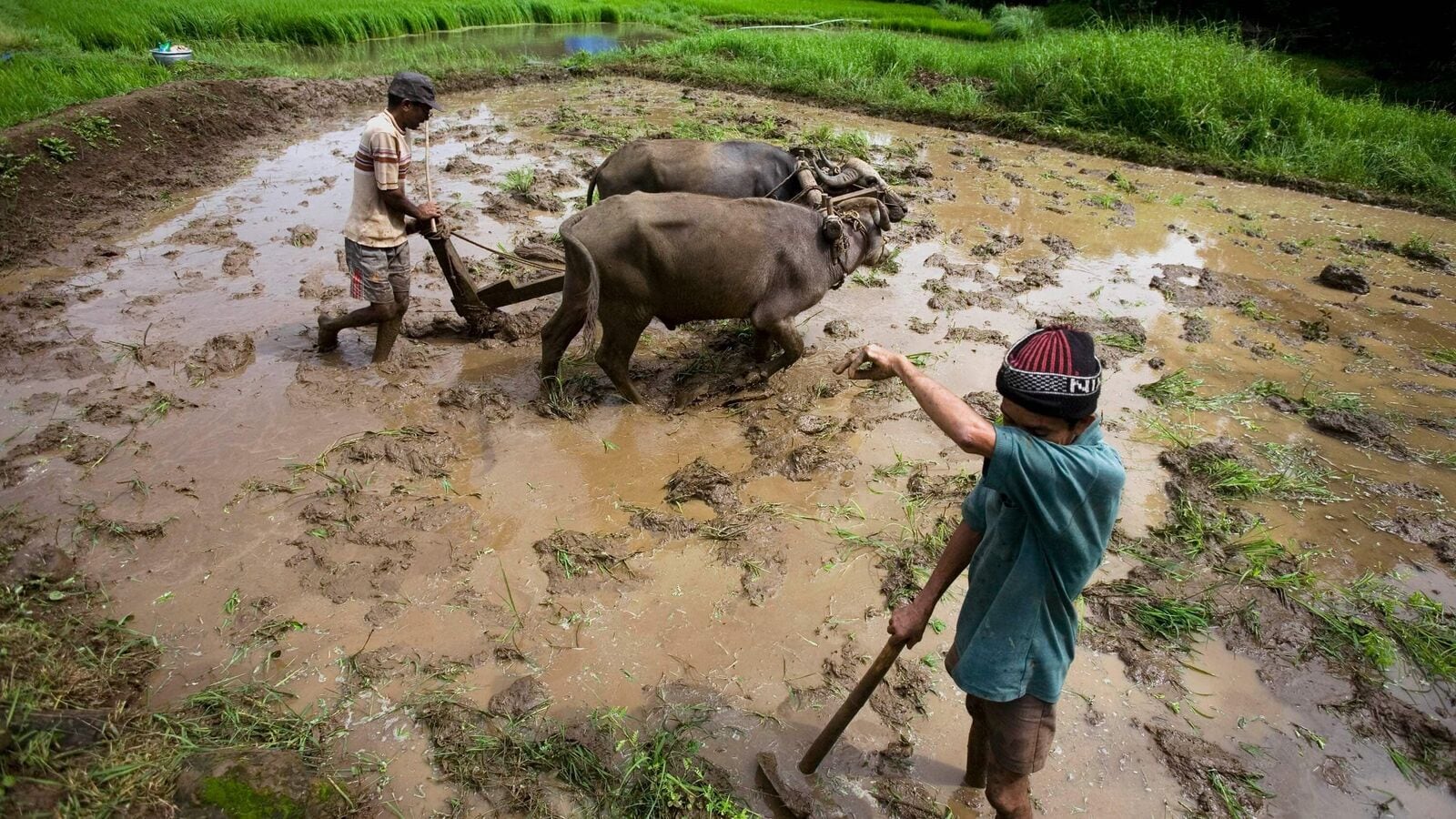
In the past few years, inconsistent monsoon patterns have impacted agriculture, leading to shortages and food price inflation.
The budget comes ahead of key state assembly elections to be held later this year.
Maharashtra, Haryana—massive farming states—and Jharkhand are set to have assembly elections before the end of the calendar year.
Also Read: Mint Primer: The fallout of India’s unpredictable farm trade policy
According to one of the officials, the ministry’s budget proposals include the introduction of digital cards for farmers with geo-tagging under the PM-KISAN scheme, increasing the agriculture infrastructure fund, a push to clean plant programme for horticulture crops, including grapes and lemons, and building a team of 90,000 Krishi Sakhis (women associates in the farm sector).
However, there is no proposal as of now to increase farmers’ income support under PM-KISAN, the official mentioned above added.
Recommendations made by the Indian Council of Agricultural Research (ICAR), an autonomous body responsible for coordinating agricultural education and research, under consideration include strengthening Krishi Vigyan Kendras, technology-based support to improve and manage horticulture crops, natural resource management, and crop science for food and nutritional security, said the first official cited above.
Also Read: How Indian women farmers are becoming agripreneurs?
“As many as seven cabinet notes by the agriculture ministry and five by the ICAR are in the pipeline. Some of these have been moved and are yet to be cleared by the Union Cabinet. If these get Cabinet approval, these will be incorporated in the full budget FY25,” the other official added.
Both people the mentioned above spoke under the condition of anonymity because they are not authorised to speak.
PM Kisan, a Central sector scheme announced in the 2019 interim budget, gives farmers up to ₹6,000 per year as minimum income support.
The agriculture infrastructure fund, which was launched in 2020, covers post-harvest management projects such as supply chain services including e-marketing platforms, warehouses, silos, pack-houses, assaying units, sorting and grading units, cold chain, logistics facilities, primary processing centres, ripening chambers and other viable projects for building community farming.
The size of the financing facility under the fund stands at ₹ 1 trillion up to FY26. It ensures a credit guarantee for loans of up to ₹ 2 crore with an interest subvention of 3% per annum for seven years. Investments worth ₹72,000 crore have been mobilised with ₹43,000 crore already sanctioned for 67,871 projects under AIF till June end.
In the interim budget FY25, the Centre allocated ₹1.17 trillion to the Department of Agriculture and ₹9,941 crore to the Department of Agricultural Research and Education (DARE) against the revised estimates for FY24 at ₹1.16 trillion and ₹9,877 crore, respectively.
The allocation for the flagship PM-KISAN scheme in the interim budget remained unchanged at ₹60,000 crore.
Spokespersons and secretaries of Finance and Agriculture and Farmers Welfare ministries didn’t respond to emailed queries till press time.
In a related development, industry bodies have suggested rationalizing food and fertilizer subsidies by better targeting and efficient utilization without impacting beneficiaries.
One of the officials, who works with the Union finance ministry, said the Centre has engaged with various stakeholders, and heard out their recommendations ahead of the upcoming budget.
“The agri sector is a priority. Top finance ministry officials recently met agri experts, and economists to understand the stakeholder’s expectations from the government,” the person said.
“The upcoming budget will feature measures which will boost the sector and the overall economy,” the person added.
Finance minister Nirmala Sitharaman, along with top finance ministry officials, had late last month met farmers associations, agricultural economists and other stakeholders who had urged the government to reduce taxes on farm equipment and increase allocations for agricultural research and development and a flagship programme meant to support farmers.
India’s agriculture sector grew at a mere 1.4% in the financial year 2023-24, much below its pre-pandemic decadal average of 4.4%. The sector is expected to improve in the current fiscal year because of anticipated normal monsoons and a favourable base effect.
“Reforms in agriculture need a lot of consensuses building between the Centre and states and in the current situation, the federal relations are at rock bottom,” said former union agriculture secretary Siraj Hussain.
“I sense that the government may not go overboard in increasing the outlay for agriculture and rural sectors as there are no major elections in the near future and may instead opt for fiscal consolidation,” Hussain added.



